I'm studying a circuit that is based on a clone of the Apple Mockingboard from way back when. Being new to EE, the first thing that struck me as odd is why the designer put all three output pins for the audio IC through two capacitors that are arranged back to front.
For example, looking at the image:

...notice how Ch.A, Ch.B, Ch.C all pass through two capacitors where negative ends appear to be tied together ("Left Channel Combo" section). Am I reading that right or is it just a goofy way the image was drawn?
Does that just mean the negative ends should really be to GND?
Any help in understanding this layout is appreciated.
Oh, the original URL for the image is here:
